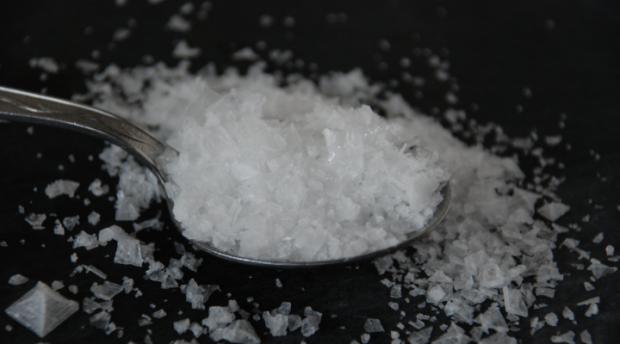
Breaking News
 IT'S OVER - I Have Proof: Fed Opened $24B Credit Line to 3 Banks (Jan 2nd Emergency Emails Leak
IT'S OVER - I Have Proof: Fed Opened $24B Credit Line to 3 Banks (Jan 2nd Emergency Emails Leak
 The Poo Doctor: This Gut Mistake Leads To Cancer. The Cheap Spice That Helps Repair...
The Poo Doctor: This Gut Mistake Leads To Cancer. The Cheap Spice That Helps Repair...
 Vaccine ingredients Exposed - Children's Health Defence "CHD"
Vaccine ingredients Exposed - Children's Health Defence "CHD"
Top Tech News
 Laser weapons go mobile on US Army small vehicles
Laser weapons go mobile on US Army small vehicles
 EngineAI T800: Born to Disrupt! #EngineAI #robotics #newtechnology #newproduct
EngineAI T800: Born to Disrupt! #EngineAI #robotics #newtechnology #newproduct
 This Silicon Anode Breakthrough Could Mark A Turning Point For EV Batteries [Update]
This Silicon Anode Breakthrough Could Mark A Turning Point For EV Batteries [Update]
 Travel gadget promises to dry and iron your clothes – totally hands-free
Travel gadget promises to dry and iron your clothes – totally hands-free
 Perfect Aircrete, Kitchen Ingredients.
Perfect Aircrete, Kitchen Ingredients.
 Futuristic pixel-raising display lets you feel what's onscreen
Futuristic pixel-raising display lets you feel what's onscreen
 Cutting-Edge Facility Generates Pure Water and Hydrogen Fuel from Seawater for Mere Pennies
Cutting-Edge Facility Generates Pure Water and Hydrogen Fuel from Seawater for Mere Pennies
 This tiny dev board is packed with features for ambitious makers
This tiny dev board is packed with features for ambitious makers
 Scientists Discover Gel to Regrow Tooth Enamel
Scientists Discover Gel to Regrow Tooth Enamel
 Vitamin C and Dandelion Root Killing Cancer Cells -- as Former CDC Director Calls for COVID-19...
Vitamin C and Dandelion Root Killing Cancer Cells -- as Former CDC Director Calls for COVID-19...
Natural treatments: Salt nanoparticles are toxic to cancer cells, say researchers

Published in the journal Advanced Materials, the study showed that sodium chloride nanoparticles (SCNPs) could stealthily enter cancer cells and rip them apart from within, causing cell death. The cells' death could then trigger an immune response that enables the body to ward off new tumor growth.
"This technology is well suited for localized destruction of cancer cells," said chemist and co-author Jin Xie. "We expect it to find wide applications in treatment of bladder, prostate, liver, and head and neck cancer."
Salt nanoparticles act as a Trojan horse
Unlike other inorganic nanoparticles, the therapeutic potential of SCNPs and other electrolyte nanoparticles is massively understudied due to a notion that they are not effective.
The underlying assumption is that electrolyte nanoparticles will quickly dissolve in water and become salts. As salts, they won't be able to enter cells because cell membranes keep sodium ions out. Cell membranes do this to maintain ion homeostasis – that is, to maintain low sodium concentrations inside cells and high sodium concentrations outside cells.
However, Xie and his colleagues theorized that SCNPs should be able to pass through because the nanoparticle form should prevent cell membranes from recognizing sodium ions.
"Sodium chloride nanoparticles can be exploited as a Trojan horse strategy to deliver ions into cells and disrupt the ion homeostasis," the researchers wrote.
Once inside a cell, SCNPs should dissolve into sodium and chloride ions, which will overwhelm the cell's protective mechanisms and ultimately cause the cell membrane to rupture. Once this rupturing happens, molecules that leak out alert the immune system that there's tissue damage, causing an immune response that enables the body to fight pathogens.

 "Boots on the Ground"
"Boots on the Ground"


